- Accueil
- Institut Néel
- Équipes de recherche
- Pôles & Services techniques
- Travailler à l’institut
- Partenariats
- Actualités
- Agenda
- Annuaire
Cette thématique est très vaste puisqu’elle englobe les matériaux quantiques (supraconducteurs, matériaux 2D, optique (non) linéaire…), les technologies quantiques, notamment pour l’information (hardware, communication, architectures, modélisation, thermodynamique…) et les capteurs (champs magnétiques, forces), en passant par les fondements de la mécanique quantique et le couplage quantique/classique.
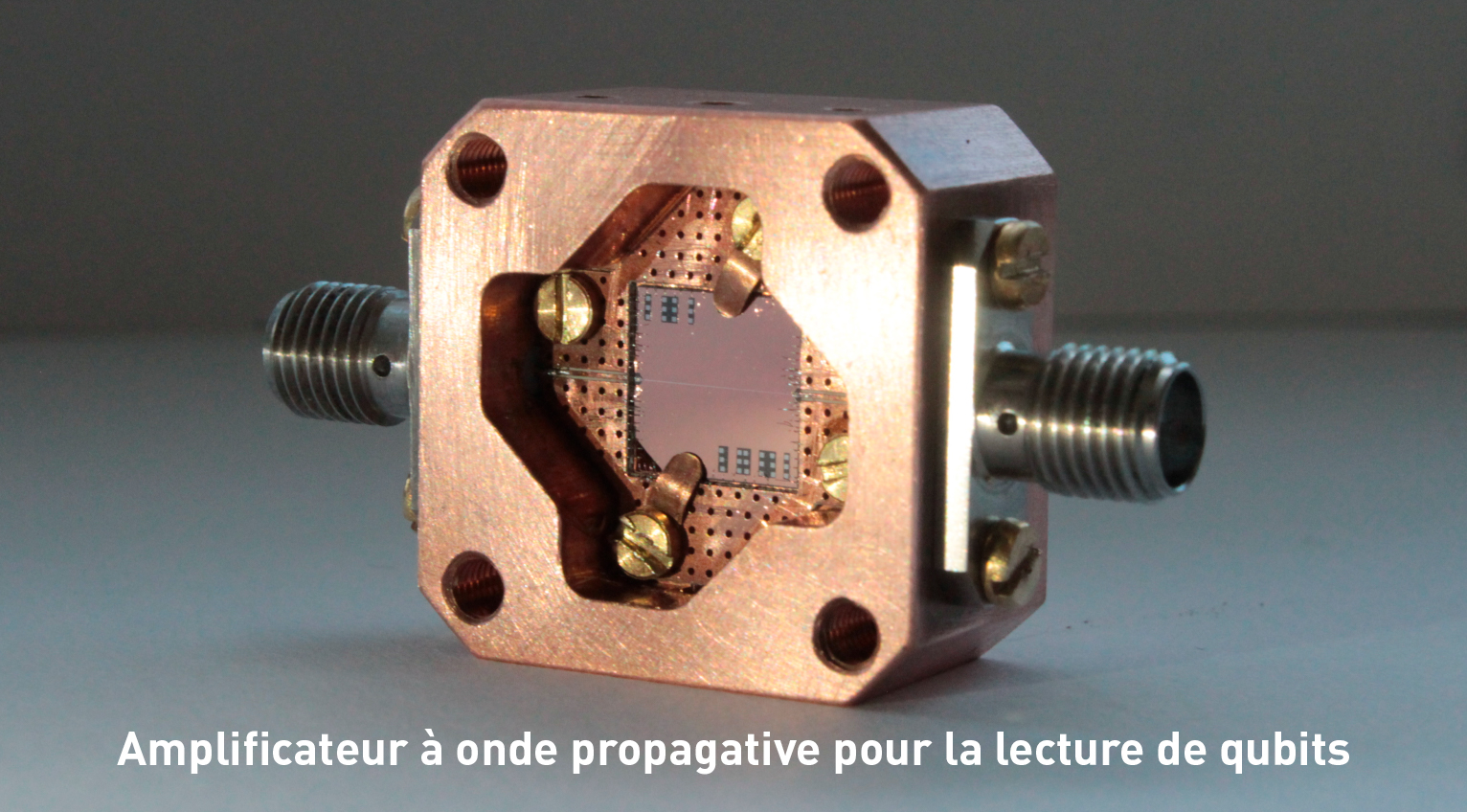
A l’Institut Néel, ce domaine de recherche repose sur une activité expérimentale et théorique historique toujours très forte en matériaux quantiques, en transport électronique quantique et physique mésoscopique, à laquelle est venue s’ajouter plus récemment une importante activité en optique quantique, et en nanomécanique.
Le domaine du quantique bénéficie à Grenoble d’un éco-système très actif et très bien structuré. Il va de de la recherche la plus fondamentale à la recherche appliquée et s’appuyant sur le CNRS, le CEA, l’INRIA, l’UGA, et des industriels locaux. Pour ces raisons, Grenoble a été identifié comme un des centres importants du plan quantique national avec Paris et Saclay et est un acteur majeur du Flagship européen sur les technologies et l’ingénierie quantiques. Renforcer les liens avec nos partenaires, maintenir et développer notre rôle dans cet éco-système, et plus largement aux niveaux national et international, sont des enjeux majeurs pour le laboratoire.
Vous trouverez plus de détails sur les principaux sujets étudiés au laboratoire en cliquant sur les liens ci-dessous :
Quantum materials are a wide category of materials whose properties are largely determined by the interplay of different electronic degrees of freedom charge, spin, orbital and lattice. These materials exhibit emergent properties, i.e. properties which cannot be described by independent electrons. Among other phenomena, superconductivity is a fascinating macroscopic coherent electronic state. Discovered more than one century ago, the microscopic description is based on the presence of a retarded attractive interaction between electrons which counterparts the repulsive coulomb interaction. If in simple metals, this interaction is the lattice deformation (phonon), other kind of excitations, like magnon, valence fluctuations, are proposed to be the glue of the formation of the Cooper pairs in quantum materials. This gives new kind of superconducting order parameter which have to be identified. In these materials it is not only the superconducting state which have to be elucidated but also the normal state. Indeed, the proximity of the different energies scales induces a wide variety of normal ground state which can be tuned by an external parameter as doping or pressure. At least, these phenomena are often observed in unexpected materials. It is necessary to look for some new systems.
At Institut Néel, numerous aspect of this fundamental research is done. Search of new systems, but also an improvement of the sample quality by using original tools as the high pressure synthesis. New experimental and theoretical tools are developed to probe and describe their states. Beyond these fundamentals studies, these quantum materials are used for technological issues, like new superconducting magnet or detector for astrophysics, or future quantum information devices. Their use does not necessitate a deep understanding of the quantum mechanism at the origin of their properties.
Several superconducting families are widely studied at Institut Néel: Cuprates, Nickelates, iron based superconductors, heavy fermions, transition metal dichalcogneides… All these families open new fundamental questions and experimental and theoretical challenges. Cuprates are based on an antiferromagnetic Mott insulator which becomes superconductor at high temperature when it is doped. Several electronic instabilities, charge density wave, pseudo gap phase, are observed with strong deviations to the Fermi liquid behaviour. In the laboratory, we use thermodynamic probes like specific heat under extreme condition of magnetic field to destroy the superconducting state and probe the normal state. Model systems as the oxyclorides are studied by state of the art synchrotron facilities, compared to the ab-initio calculations.
The high Tc superconductivity in the copper oxides compounds pushes the community to look for superconductivity in other oxides with another transition metal. Recently superconductivity in NiO2 infinite layer have been discovered on thin films deposited on different substrates. Bulk superconducting in crystals is actively searched. Ab-initio calculation shed light on the influence of the substrate and the band structure on the superconducting properties of these systems.
Superconductivity in high Tc cuprates
The hybridization of the f and s electrons in the Uranium and Cerium compounds induces very strong electronic correlations and high renormalisation of the effective mass of the electrons, a so called Heavy Fermion state. In these systems, the superconductivity emerges at proximity of antiferromagnetic or even ferromagnetic states. The ferromagnetism, which polarizes the spin of the electrons, is usually antagonist to the superconducting state. However, here, in the same way than the ferromagnetic correlations of the He3 induce a complex superfluid state, the superconducting state could be characterised by an unusual symmetry and topology of the order parameter opening the possibility of triplet or chiral superconducting states. These induce exotic superconducting properties.
Heavy fermions : magnetism and superconductivity
Another wide family with a superconducting state at proximity of a magnetic order is the iron based superconductor. Here the magnetic fluctuations are a strong candidate to be at the origin of the superconductivity. These electronic systems are strongly coupled to the lattice via the orbital or spin degrees of freedom inducing an original nematic state. The presence of several bands at the Fermi level and the unusual boson at the origin of the superconductivity induce an unusual superconducting order parameter. Long-time, the family was believed to be restricted to tetrahedral iron-chalcogenides or pnictides, however, the family was extended to other elements.
The transition metal dichalcogenides, are layers of a 2D hexagonal lattice of a transition metal stacked by van der Walls forces. In this case, the electronic correlations are weak or moderate, but the strong coupling with the lattice gives these systems a high sensitivity to the lattice instabilities, and changes of the Fermi surface. The presence of soft phonon modes, the coexistence of charge density waves with the superconductivity, exalt new kind of excitations like for example the Higgs mode. Moreover, thanks to the weak coupling between the layers, these systems can be easily exfoliated to explore the physics in the 2D limit.
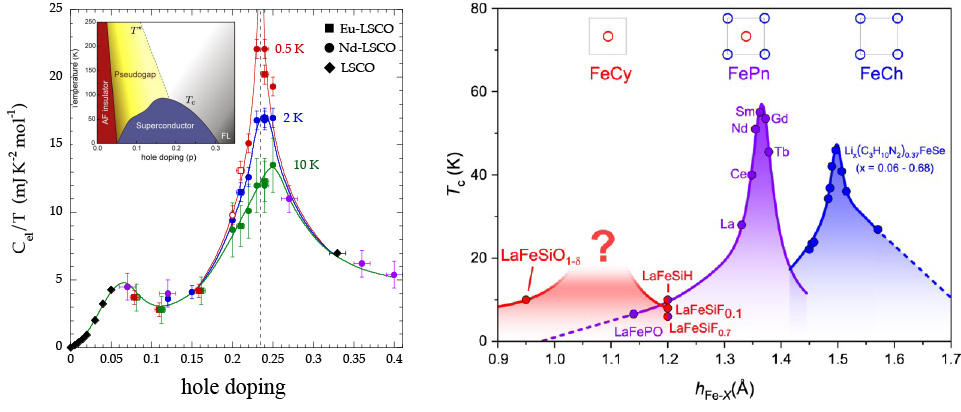
(Left) Quantum critical behavior at the end point of the cuprate pseudogap phase unveiled by specific-heat measurements [adapted from Nature 567, 218 (2019)]. (Right). Superconducting transition temperature Tc as a function of the anion height from the Fe plane hFe-X for different subfamilies of Fe-based superconductors: iron-pnictides (FePn) in purple, heavily electron doped iron-chalcogenides (FeCh) in blue, and novel iron-crystallogenides (FeCy) in red. The sketches at the top illustrate the simplified Fermi surfaces of these materials. The structure and fermiology associated with the new iron-crystallogenides suggests a new FeSi-based superconducting dome as indicated with the question mark [from npj Quantum Mater. 7, 86 (2022)].
Contacts:
Andres Cano (Theory)
Theory of condensed matter team
Pierre Rodière (experiments)
MagSup team
Matter magnetism is in essence quantum. The Bohr-Van Leeuwen « no-go » theorem had excluded its existence in the classical context. Nonetheless, owing to decoherence effects and/or spectral peculiarities, magnetic states and excitations of matter can often be described through classical concepts. It is thereby customary to specify by the pleonastic concept of quantum magnetism only those instances where no classical picture can be worked out. A series of systems studied experimentally or theoretically at the Neel Institute fall within the framework of this thus defined quantum magnetism. One may group them according to three main following families that are detailed further in the document:
– 1) The family of systems exhibiting a magnetism of reduced dimensionality.
– 2) The family of geometrically frustrated magnets.
– 3) The family of magnetoelectric and multiferroic materials
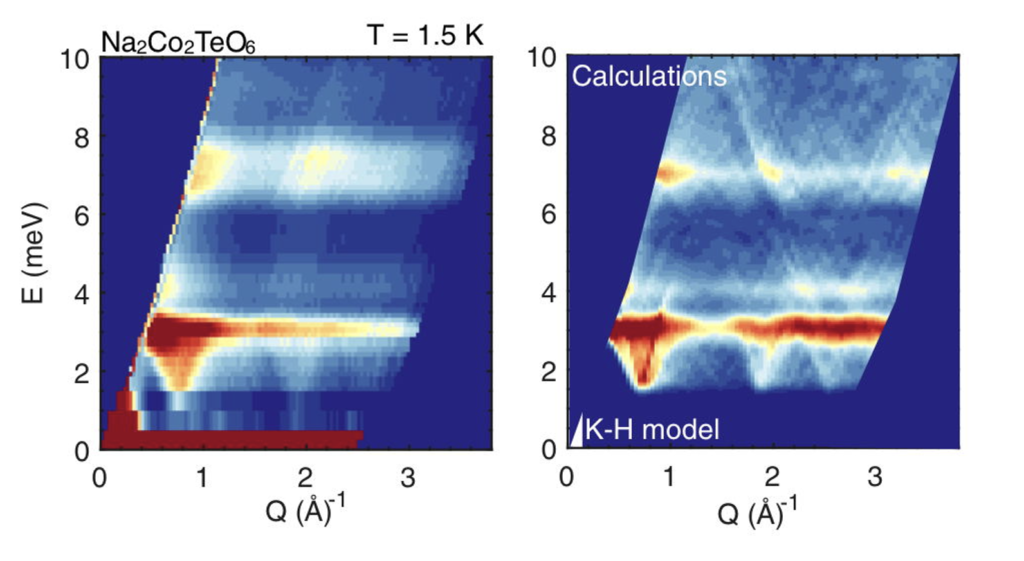
Figure: Scattering function measured as a function of energy and wavevector in Na2Co2TeO6 (left) and compared with spin wave calculations (right) obtained from a Kitaev Heisenberg model. This shows the importance of the so-called Kitaev terms in the Hamiltonian which are expected to stabilize a quantum spin liquid state. From Songvilay et al., Phys. Rev. B 102, 224429 (2020).
The experimental investigations of these systems on actual materials are conducted through macroscopic measurements, magnetostatic, magnetodynamic or magnetoelectric, and through neutron scattering and synchrotron radiation experiments. They are approached theoretically through phenomenological models solved by analytical methods and numerical computations.
1) Low dimensional magnetism:
This includes in particular the networks of (almost) independent quantum nanomagnets, mainly materialized in molecular magnets but also in oxides with appropriate hierarchy of interactions or merely with strong magnetic dilution. They can exhibit non-thermal dynamics of the macroscopic magnetization associated with stochastic processes involving quantum tunnel dynamics of the nanomagnets and offer the possibility of specifying the mechanisms of quantum decoherence induced by different environments of the type phonon bath and spin bath. Another range of materials that enters the family are those harboring (almost) isolated quantum spin chains. They stabilize a variety of phases with no classical counterpart, involving collective states with different entanglement structures and excitations with soliton features or displaying signatures of geometric phase effects. Under magnetic field or applied pressure, they can exhibit topological quantum phase transitions.
Contacts and additional info on low dimensional magnetism
2) Geometrically frustrated magnetism:
Frustrated magnets are distinguished by novel behaviors even among those that can be described classically, giving rise to classical spin liquids and spin ices with massive degeneracies of the ground state and ultra-soft excitations that leads to re-specify the third principle of thermodynamics and to generalize the theorem of equipartition of energy. Non-thermal dynamics can take place at the lowest temperatures through quantum tunnelling of local excitations, for instance of magnetic monopoles in the spin ices. A wide variety of exotic quantum phases are glimpsed when quantum effects take over, among them many phases with non-resonant quantum dimer ground states, a multitude of quantum spin liquids, with long-range spin-entangled ground states and emergent and/or fractional excitations, quantum liquids of spin multipoles, or else quantum chiral spin liquids, to name but a few. A great attention is currently paid to search for magnetic materials containing honeycomb networks of spins with directional interactions that could provide prototypes of the Kitaev model. An exact solution of this one was obtained by reduction to Majorana fermions in Z2 gauge field, predicting according to interactions parameters a quantum phase with a spectral gap and abelian anyon excitations and a gapless quantum phase that under magnetic field acquires a gap and exhibit non-abelian anyon excitations.
Contacts and additional info on magnetic frustration
3) Magnetoelectric and multiferroic materials
It especially concerns the improper ones where electric order is induced through magnetic order.
These provide application potentials of great interest through the cross-manipulation of electric states by a magnetic field and of magnetic states by an electric field. They are also the seat of hybrid excitations with a quantum mixing of electric, magnetic and possibly elastic degrees of freedom, giving rise to electrically dressed magnons named electromagnons and magnetoelectric transmutations.
Contacts and additional info on magnetoelectric and multiferroic materials
Topological matter
At Institut Néel we model theoretically and explore experimentally these remarkable phases of matter to understand them better. We have strong focus on low-dimensional (super)conductors at low temperature or high magnetic field as a fantastic playground to discover new physical phenomena. Their research activities aim at unveiling new quantum phenomena related to two-dimensional superconductivity, quantum localization, and quantum Hall effect. They focus on: controlling the quantum coherence in the quantum Hall effect in graphene, strongly disordered superconductors and the Cooper-pair insulator, topological Josephson junctions, and ionic liquid gating. Their expertise covers state-of-the-art nanofabrication, quantum transport of mesoscopic devices, and low-temperature/high field STM spectroscopy.
For example, using state-of-the-art scanning tunneling microscopes and transport probes B. Sacépé explores narrow electronic energy bands in graphene as exceptional playgrounds to explore many-body quantum phases of matter (Fig. 1). The vanishingly small kinetic energy in these narrow bands leaves electrons subjected to interaction effects alone, resulting in the emergence of a wealth of correlated, topological and broken-symmetry phases. Nearly perfect flat-bands naturally develop in two dimensional electron systems under a perpendicular magnetic field, B, as macroscopically-degenerate Landau levels in which interactions prevail. There, the main consequence of Coulomb interaction is to generate incompressible –gapped– phases at half integer filling of Landau levels, by favoring a spin-polarized ground state, a phenomenon called quantum Hall ferromagnetism.
On the theory front, the activity at Institut Néel focuses on describing topological phases of matter not only in crystalline materials, but also in materials with extreme disorder, amorphous solids (Fig. 2). Topological phases are remarkable because their robust and universal properties are key to ground-breaking technologies, notably robust quantum computation based on topological superconductors. However, the methodology to discover and classify topological materials relies heavily on crystal symmetry, thereby overlooking the largest, most affordable and scalable pool of materials – amorphous materials. Amorphous matter can outperform crystals, and is ubiquitous in technology. For example, amorphous bismuth superconducts below 6K, a temperature 10,000 times larger than crystal bismuth, and low-cost phase-change memories controllably switch from crystalline to amorphous states. This raises the fundamental question of whether we have overlooked a vast set of topological materials with new controllable properties unparalleled by crystals. It is also unknown if any amorphous superconductor is topological. We aim to harvest the superior properties of the vast pool of amorphous solids to find fundamentally distinct topological phases with high technological potential.
In addition, topological phases are studied in other contexts, such as non-linear responses of topological phases, anomalies in quantum field theory and their realization in condensed matter, and the dynamics of topological strongly correlated matter.
More information:
Benjamin Sacépé group (experiments)
Adolfo Grushin Group (theory)
Fig. 1. Different orders of the zeroth Landau level in graphene, as seen by STM.
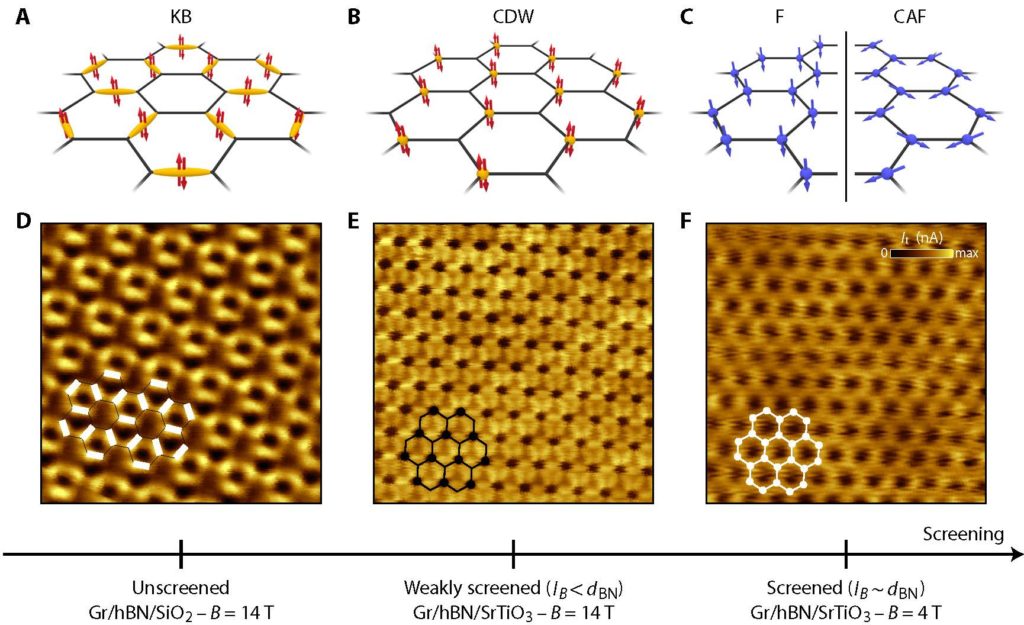
Fig. 2. Amorphous topological state, with conducting edge states.
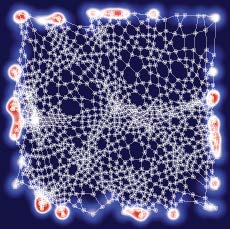
During the last decade, it has been demonstrated that quantum superconducting circuits behave as quantum bits and are very well suited to realize advanced quantum mechanical experiments on-chip. These circuits can be thought of artificial atoms, whose properties are defined by their electronic characteristics (capacitance, inductance and Josephson tunneling energy).
At Institut Néel, superconducting circuits based on standard aluminum transmon qubits are studied, but novel materials are also investigated to realize alternative qubits with even more promising properties. The various routes that are currently developed consist of high impedance superconducting circuits (Josephson junction chains or amorphous Indium oxide), interfaces with graphene or 2D materials, and hybrid superconductor/semiconductor architectures (gatemon). These quantum electronic circuits can thus harness different physical mechanisms, such as topological protection or Andreev states, with the goal to enhance robustness against decoherence.
Moreover, given their mesoscopic size, superconducting qubits couple very strongly to electromagnetic radiation in the microwave range. Thus, it is now possible to perform quantum optics experiments using microwave photons, and to unravel new regimes of the light-matter interaction using electronic circuits. These circuits are thus ideal to design useful applications, from high fidelity quantum non-demolition readout to ultra-sensitive sensing at the quantum limit of amplification. This basic research has led to the development of state of the art microwave amplifier and recently to the startup creation SilentWaves. Superconducting qubits constitute also a great playground to explore fundamental phenomena that challenge the current understanding of quantum mechanics (e.g. quantum phase slips or quantum criticality). Theoretical research is also pursued in the lab, which ranges from experimental modeling to the development of new concepts and quantum simulation tools.
These advanced experiments rely on nanofabrication, microwave measurements using very low noise electronics, as well as sub-Kelvin cryogenics. The strong support of the technical groups of Institut Néel and from various national and international collaborations are key to the success of this research.
More info and contacts on QuantECA team website
Contacts: Olivier Buisson & Nicolas Roch
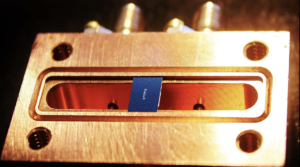
Fig.1: High fidelity readout using a transmon molecule.
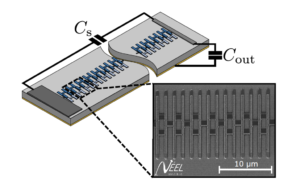
Fig.2: Josephson traveling microwave parametric amplifier for qubit readout.
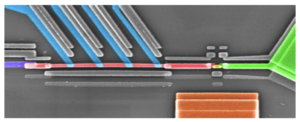 Fig 3: Thermodynamic measurement of single quantum devices.
Fig 3: Thermodynamic measurement of single quantum devices.
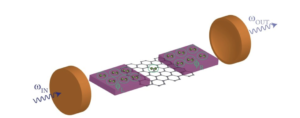
Fig. 4: Superconducting quantum circuits based on two dimensional materials.

Fig.5: Monocrystalline monolithic hybrid superconducting/germanium junction.
| Quantum computing is a major new frontier in information technology with the potential for a disruptive impact. Many different materials and approaches have been explored so far, with an increasing effort on scalable implementations based on solid-state platforms. Among these, silicon is emerging as a promising route to quantum computing. Elementary silicon qubit devices made in academic research labs have already shown high-fidelity operation. Following these successful developments, a collaborative research action is being deployed in Grenoble with the purpose to take this technology to the next readiness level by showing that silicon-based qubits can be realized within an industry-standard CMOS platform. In doing so we want to establish the true potential of silicon-based qubits in terms of scalability and manufacturability. In particular we tend to explore the following points: |
Array of spin qubits in a CMOS device |
Single-shot readout and coherent manipulation of spins in CMOS devices for quantum technologies
Scalability is one main challenge in the field of quantum computation. Therefore, qubits compatible with CMOS (complementary-metal-oxide- semiconductor) fabrication techniques would be the ultimate solution to scale up qubit systems. While silicon fabrication in small scale lacks in accuracy, necessary for these devices, processes developed for industrial 300 mm wafer achieve high accuracy and reliability. Therefore, the devices are fabricated in a semi-industrial cleanroom at the CEA-LETI.
Our objective is to develop scalable methods to read and manipulate spin qubits in fast and efficient way.
Interfacing spin qubits with ferromagnetic materials
This project proposes to investigate the use of ferromagnetic materials for interfacing spin qubit. The first objective is to engineer local magnetic field to manipulate spin qubit through electric dipole spin resonance or by displacing electron in this tailored field. The second objective is to exploit dynamical properties of magnets to drive spin qubit and explore quantum magnonic.
Physical properties of impurities in silicon
This project proposes to investigate the coherent coupling between a single atom and a quantum dot in silicon nanodevices. We are interested in both optical and coherent properties of this single impurity (donor or rare earth). For this purpose, we are developing a cryogenic setup with high frequency lines and optical access. In particular, using identified devices that exhibit a strong coupling between a quantum dot and a single donor, we will investigate the coherent manipulation and transfer of spin information between them. The experiment will comprise three steps: i) the manipulation of the spin information using microwave excitations in order to create superposition of states ii) its transfer back and forth between the two objects by electron shuttling or by exchange interaction iii) and lastly the reading of the spin information. Finally, extended architectures comprising few donors and quantum dots will be considered and a transfer of information over longer distances will be tested.
Main collaborations: CEA-LETI, CEA-IRIG, Spintec
Technical support : pole cryogénie, pole électronique and pole ingénierie expérimental
For more informations please visit
https://neel.cnrs.fr/equipes-poles-et-services/circuits-electroniques-quantiques-alpes-quanteca
https://www.quantumsilicon-grenoble.eu/
Contacts:
Matias URDAMPILLETA
Tristan MEUNIER
Information processing typically takes place in the nodes of the quantum network on locally controlled qubits, but quantum networking would require to exchange information from one location to another. It is therefore of prime interest to develop ways of transferring information from one node to the other. A particular appealing idea is to use a single flying electron itself as the conveyor of quantum information. Such electronic flying qubits allow performing quantum operations on qubits while they are being coherently transferred. The availability of flying qubits would also enable the possibility to develop new non-local architectures for quantum computing with possibly cheaper hardware overhead than e.g. surface codes.
The aim of our research is to establish a unique innovative platform for creating, manipulating and detecting single-electron wave packets in semiconductor quantum circuits and exploit them for quantum technologies.
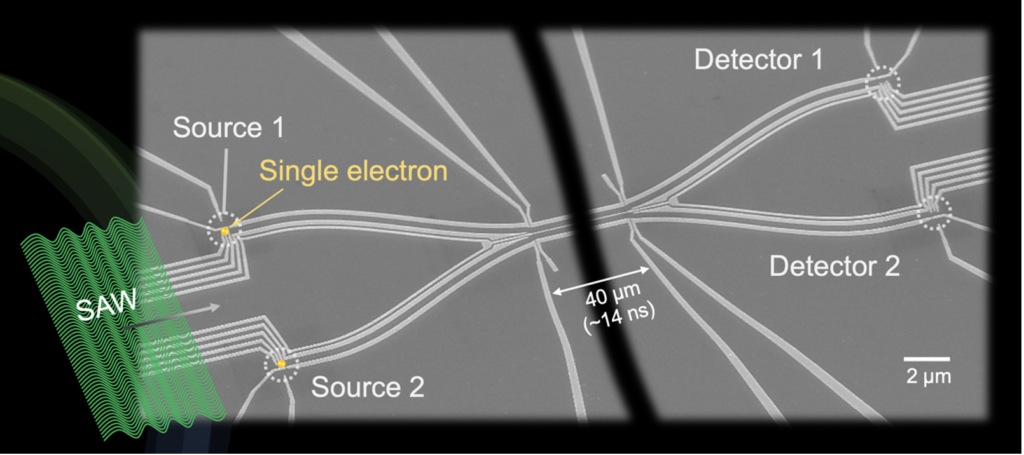
Electronic Flying Qubit Circuit. 2 source quantum dots and 2 detector quantum dots are connected through a 40 micrometer long double quantum rail (center part partially shown). Applying a surface acoustic wave (SAW) using an interdigited transducer (not shown) allows to transport a single electron from the source quantum dot to the detector quantum dot. While traveling through the double rail system, the quantum state of the electron can be changed in real time to perform qubit manipulations. Launching synchronously 2 electrons allows to exploit 2-particle collision as well as the implementation of 2 qubit gates.
Further reading:
C. Bäuerle, et al, Coherent control of single electrons : a review of current progress, Rep. Prog. Phys. 81 056503 (2018)
P. Delsing et al., The 2019 Surface acoustic waves roadmap, Topical Review, J. Phys. D: Appl. Phys. 52 353001 (2019)
S. Takada et al, Sound-driven single-electron transfer in a circuit of coupled quantum rails, Nat. Commun. 10, 4557 (2019)
See also this link
Contact: Christopher Bauerle
Light is generally considered as the most efficient way to transmit an information over long distances between two quantum nodes. Photons become « flying qubits », where quantum information can be encoded onto the different degrees of freedom of light (polarization, phase, transverse mode…). The interaction of light with matter makes it also possible to create hybrid systems which combine the non-linear and/or quantum properties of both partners, hence taking the best of the two worlds. Many research teams at Institut Néel carry out studies on photonic devices in relation with quantum engineering.
Efficient emission and storage of single photons
The fundamental quantum of light, aka photon, is a paramount example for a single quantum system and is used in many quantum cryptography protocols. However one of the present technological challenges consists in being able to provide on demand single photons leaving propagating in a perfectly well defined mode of the electromagnetic field. People in the NPSC team work on this subject, using semiconducting quantum dots coupled to different kind on photonics nanostructures (nanowires, microcavities, waveguides…).
Contacts: Julien Claudon, Kuntheak Kheng, David Ferrand, Jean-Philippe Poizat
Another challenge lies in the ability to read and store the quantum information carried by a single photon into a quantum memory for subsequent processing. This task can be performed for example by absorbing the photon inside a crystal doped with rare-earth ions that will encode the information with a superposition of their states.
Contact: Thierry Chanelière
Using non-linear optics to generate entanglement or probe quantum coherence
It is also possible to create entangled photon pairs, a crucial ressource for quantum communication, by using non-linear optical processes such as parametric down-conversion. However the effciency of this phenomenon decreases dramatically as one reduces the size of the nonlinear material down to nanometric values. To overcome this processes researchers in the NOF team couple nonlinear nanocrystals to plasmonic antennas so as to enhance parametric down conversion.
Contacts: Guillaume Bachelier, Gilles Nogues
Higher order nonlinear optical processes (four or six-wave mixing) between excitonic states in semiconductors make it possible to probe their quantum coherent properties.
Contact: Jacek Kasprzak
Exotic entangled state of light might be also created with the help of higher order non-linear phenomena. Researcher from the OPTIMA team are for example able to generate triplets of photons.
Contact: Benoît Boulanger
Through its mechanical action on matter, light is widely used to probe and control the motion of nanomechanical systems.
Optics and microscopy
Nanofab
Epitaxy and layer deposition
Experimental engineering
Bulk cristal growth

At Institut Néel we explore different aspects of quantum foundations, often in close relation with philosophers. Our main activities are along the following research axes:
Quantum correlations and causal relations
We explore some of the most fascinating features of quantum theory, which are exhibited in quantum correlations: entanglement and Bell nonlocality (i.e., the violation of Bell inequalities). We try to see how to make sense of these, in various refined scenarios and contexts, and how to possibly exploit them for quantum information processing applications.
We also investigate which new types of causal relations can be found in the quantum realm, in the form for instance of “quantum superpositions of causal relations”, that allow for quantum processes with indefinite causal orders.
Contact: cyril.branciard@neel.cnrs.fr (homepage)
Realistic explanations for Quantum Theory
Quantum theory is an extremely efficient theory but the interpretation and explanation of the formalism is still an ongoing subject of controversies and debates.
Here we explore alternatives descriptions of quantum mechanics restoring a strong form of determinism like the de Broglie-Bohm theory, aka, the pilot-wave or Bohmian mechanics. Our recent works focused on the nature of causality and of probability.
We also investigate approaches based on mechanical analogs also motivated by proposals made by de Broglie (the double solution theory) and recent works with hydrodynamics analogs. Our current research focuses on relativistic extensions in connections with quantum fields and gravitation.
Contact: aurelien.drezet@neel.cnrs.fr (NOF team)
Ontology of quantum mechanics: contextual objectivity
Together with P. Grangier (physicist, IO Orsay) and N. Farouki (philosopher, formerly at CEA-Grenoble), we developed a new interpretation for quantum mechanics that is based on contextual objectivity and quantization.
This leads, in particular, to original views on the characteristics of physical reality, on the nature of the time arrow, on the notion or irreversibility and on the origin of randomness, as well as to the development of new concepts in quantum thermodynamics.
Contact: alexia.auffeves@neel.cnrs.fr (homepage)
Feel free to contact us for discussions about physics, history, and philosophy, and for applying to internships or PhD / postdoc positions.
Small moving objects are a unique resource for both technological applications and fundamental research. In the first place, micro and nano mechanical systems act as transducers, transforming a tiny force (of some kind) into an electric or optical signal. These devices can be so small that they reach the atomic size with graphene (or other 2D materials) and nanotube devices.
When dealing with electric signals, one talks about MEMS and NEMS respectively. When using lasers, one can call them MOMS or NOMS. Both techniques meet with optomechanics, which can be implemented with mirrors and light or equivalently with microwave signals and suspended capacitors. Experiments conducted at low temperatures provide unique possibilities in sensing and creating model systems. Nanowires can reach an amazing sensitivity for force sensing, resolving 2D vectorial fields, and reaching the strong coupling regime (contact: O. Arcizet & B. Pigeau). Semiconductor pillars (so-called trumpets (contact: J-.P. Poizat)) can host a quantum dot, which provides a unique model system where the mechanics can be coupled to a single quantum object. In the microwave domain, optomechanics can be brought to extremely low temperatures, reaching the quantum ground state of the mechanical mode. These systems are a unique platform for the study of fundamental aspects of quantum mechanics, mesoscopic thermodynamics, and condensed matter with the coupling of the mechanical mode to intrinsic two-level-system entities (contacts: E. Collin & A. Fefferman). Besides, microwave optomechanics can be used to create new quantum-limited components for quantum electronics, e.g., quantum interfaces coupling microwave and optical light fields; more generally, gigahertz acoustics based on piezoelectric materials can couple to various quantum objects like superconducting qubits or large molecular spins (contacts: J. Renard & J. Viennot).
The motion of mesoscopic suspended objects is nothing but confined phononic modes. This makes the link with thermal properties and specifically thermal transport (i.e. propagating phonons), which is a key property in low temperature physics: heat transport in dielectric suspended 1D objects becomes ballistic at low temperatures, and should reach a regime where the conductance is universal and quantized (Contact: O. Bourgeois).
ll these mesoscopic mechanics capabilities benefit from a unique environment provided at Institut Néel: a versatile clean room enabling specific new fabrication developments, a powerful cryogenics team developing unique setups for experimentalists like “dry nuclear demagnetization”, and mesoscopic physics theoretician working specifically on mechanical aspects, with both applied and fundamental issues. This research is also tackling other activities of Institut Néel, like the development of quantum-limited detectors, the study of quantum fluids, or quantum acoustics.
All these works are represented within CNRS “Groupement de Recherche” activities.
The Néel nanomechanical orchestra

• La recherche française au cœur du plan quantique
• Interview Tristan Meunier : À quoi sert un ordinateur quantique ?
• Visite de Frédérique Vidal, Ministre de l’enseignement supérieur et de la recherche, à l’Institut Néel
• Rencontre avec Alexia Auffèves
